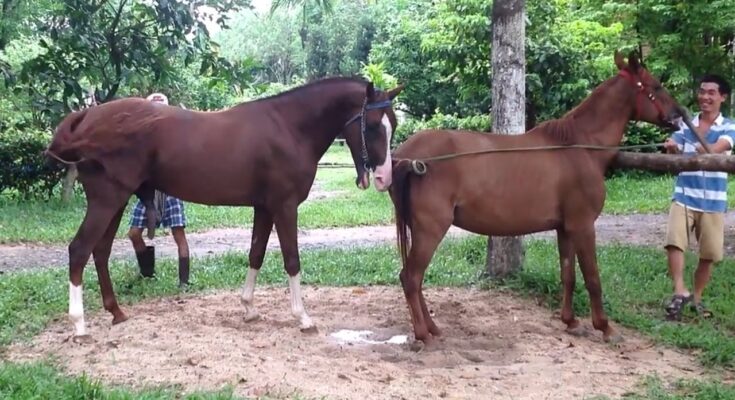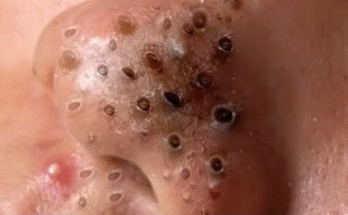Horse mating is a fascinating and essential aspect of equine reproduction, playing a vital role in maintaining and improving horse breeds worldwide. This guide explores the natural behaviors, processes, and key considerations involved in horse mating.
The Natural Courtship Process
In the wild, horse mating begins with a courtship ritual. Stallions (mature male horses) will often display behaviors such as prancing, vocalizations, and showing off their physical strength to attract mares (female horses). Mares, in turn, signal their receptiveness through body language, such as swishing their tails or positioning themselves to allow mating.
Breeding Seasons
Horses are seasonal breeders, with mating most commonly occurring during spring and early summer when mares are in heat. This period, known as “estrus,” typically lasts 5-7 days and recurs every 21 days if the mare does not conceive.
The Mating Process
Once the mare is ready, the stallion mounts her, and copulation occurs. This process is usually brief but requires careful management in domestic breeding to ensure the safety of both animals.
Artificial Breeding Methods
In addition to natural mating, artificial methods like artificial insemination (AI) and embryo transfer are commonly used in equine breeding programs. These methods provide greater control over genetic pairing and minimize risks of injury.
After Mating: Pregnancy and Foaling
If mating is successful, the mare will carry her foal for approximately 11 months. Proper care during pregnancy is essential, including balanced nutrition, regular veterinary check-ups, and safe living conditions. Foaling, or giving birth, is a critical moment requiring close attention to ensure the health of both the mare and the newborn.
Why Understanding Horse Mating Matters
Knowledge of horse mating and reproduction is crucial for breeders, horse owners, and enthusiasts. It ensures the health and safety of the animals and contributes to the sustainability of equine populations.
Conclusion
Horse mating is a complex yet fascinating process that reflects the wonders of nature. By understanding this aspect of equine life, we can ensure the welfare of these majestic animals while appreciating their role in the ecosystem.

